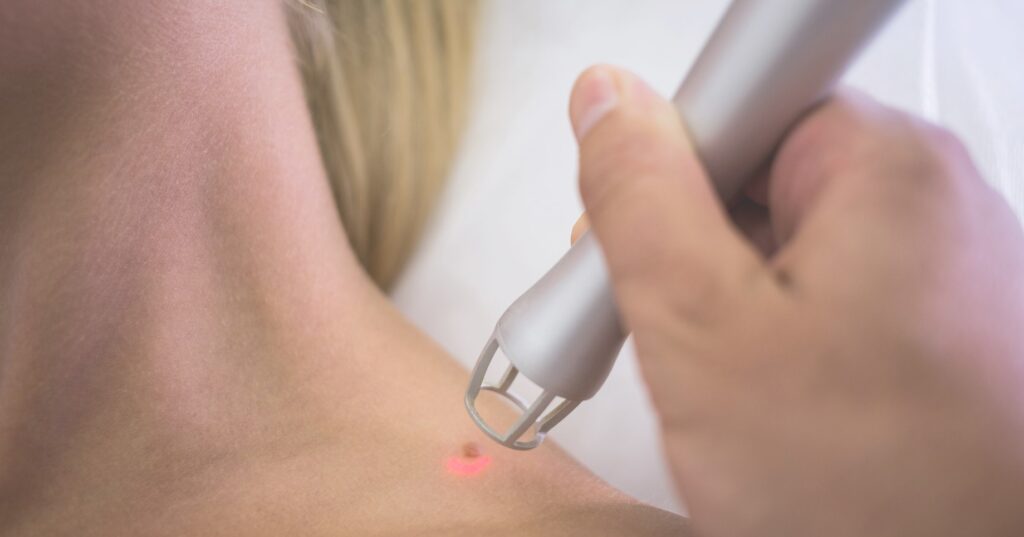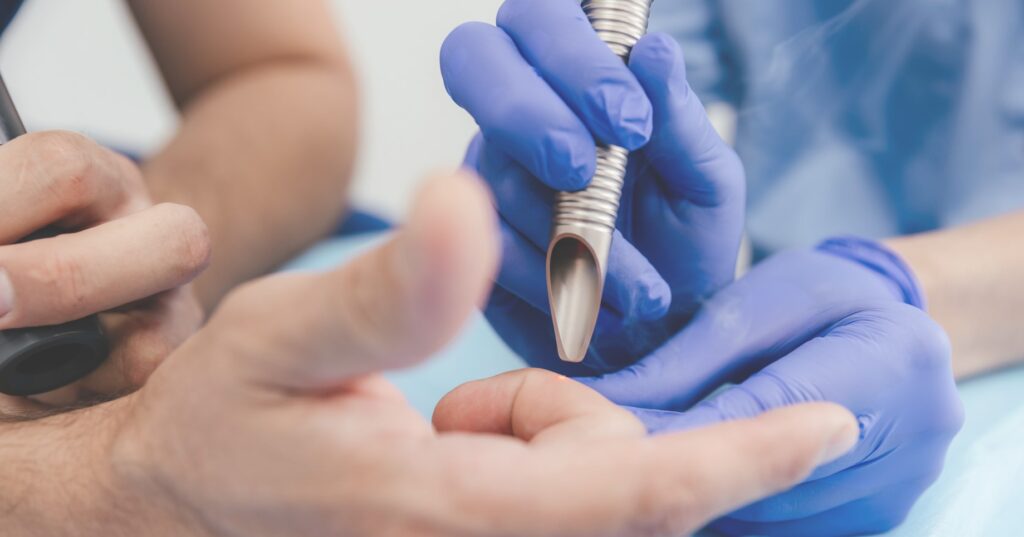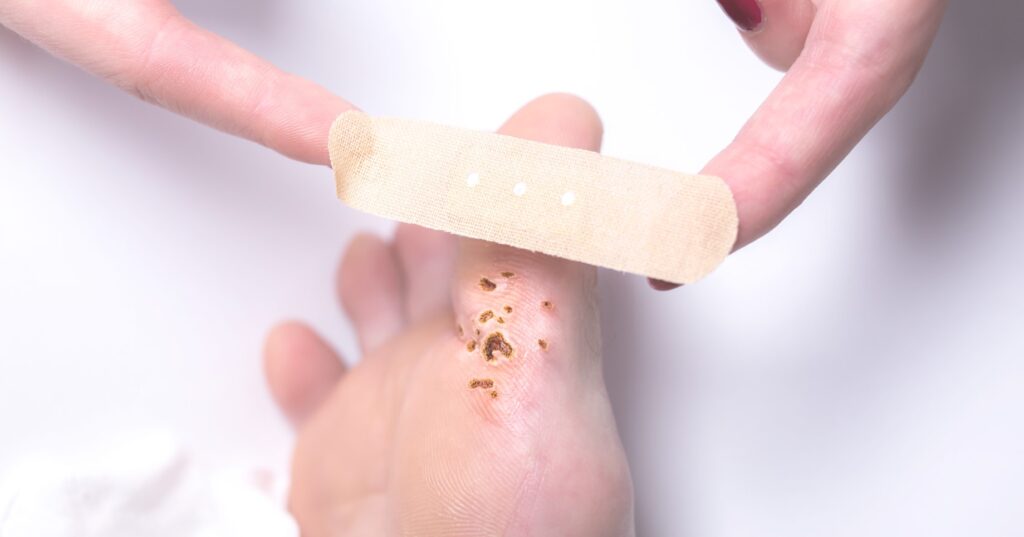Service Details
MOLES
Say ‘mole be gone’ and embrace your clear skin
- Moles are common skin growths that can appear anywhere on the body. They are typically small, round or oval, and can range in color from pink to brown or black. While most moles are harmless, some may be associated with an increased risk of skin cancer and should be monitored carefully.
- Moles are caused by the growth of pigment-producing cells known as melanocytes. They can appear at any age, but typically develop during childhood or early adulthood. Some individuals may have a genetic predisposition to developing moles, while others may develop them due to sun exposure or hormonal changes.
- Most moles do not require treatment and can be left alone. However, if a mole changes in size, shape, or color, or begins to bleed or itch, it may be a sign of skin cancer and should be evaluated by a dermatologist.
- Mole removal may be recommended for cosmetic reasons or if the mole is causing discomfort or irritation.


WART
Let’s give those warts the boot – for good
- Warts are common skin growths that are caused by the human papillomavirus (HPV). They can appear anywhere on the body, but are most commonly found on the hands, feet, and face. Warts can be unsightly and cause embarrassment, but they are usually harmless and can be treated effectively.
- Warts are highly contagious and can be spread through skin-to-skin contact, as well as contact with contaminated surfaces or objects. They can take on a variety of shapes and sizes, and may be rough, smooth, or bumpy. Some warts may also have tiny black dots in the center.
- There are several types of warts, including common warts, plantar warts, flat warts, and genital warts. Common warts typically appear on the hands and fingers, while plantar warts are found on the soles of the feet. Flat warts are small and smooth, and may be found on the face and legs.


SKIN TAGS
We’ve got the magic touch for skin tag removal.
- Skin tags are small, soft, benign growths that can appear on the skin. They are typically flesh-colored or slightly darker, and can be found anywhere on the body.
- While skin tags are harmless and do not require treatment, they can be unsightly and may cause discomfort or irritation if they rub against clothing or jewellery.
- Skin tags are caused by the growth of collagen fibers and blood vessels in the skin. They typically develop in areas where the skin folds or rubs against other skin, such as the neck, armpits, groin, and eyelids.
- Skin tags are more common in individuals who are overweight or have diabetes, and may also be hereditary.

MOLES VS WART
The visual difference is that a mole has pigment and hair.Warts do not have either. Moles cannot be transmitted between people unlike warts which can be. Due to their pigment, moles have the rare potential of changing from a regular mole into skin cancer.
TREATMENT
- Topical medications
- Surgical excision
- Laser therapy
- Cryotherapy (freezing with liquid nitrogen)
- Electrosurgery (burning with an electrical current).
- There could be some pain, however extreme care is taken using local anesthesia.
- After few days, a new layer of skin is developed in the treated area and blend with the surrounding skin color
- At Anora Skin Hair and Laser Clinic these procedures are performed safely and effectively. Our doctors help you to understand the potential risks and benefits of the treatment and develop a customized treatment plan that will help them achieve the best possible results.
Keep In Mind
- Patients may experience some pain or discomfort at the site of the removal, especially immediately after the procedure.
- The affected area may be red and swollen for several days after the procedure.
- It is common to experience some bleeding after a mole or wart removal procedure, especially if the lesion was large or deep.
- There is a risk of infection after any skin procedure, including mole and wart removal. Signs of infection include redness, swelling, warmth, and pus.
- Mole and wart removal procedures may leave a scar, especially if the lesion was large or deep.
- After a mole or wart removal procedure, the skin may become lighter or darker than the surrounding skin.
- In rare cases, patients may experience numbness or tingling at the site of the removal.
Services Include
- Free Consultation
- Hair & Skin Analysis
- Treatment of Skin and Hair Problems
- Latest Laser Treatments

